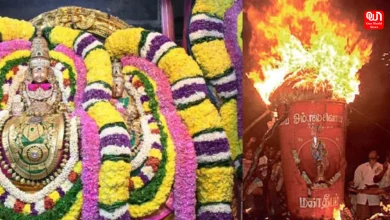Indigo Plant: The Blue Wonder since Time Immemorial

A briefing about Indigo
Indigo is an integral part of the historical and socio-cultural fabric of Asian subcontinent. It has served as a backdrop for religion, political trade, art forms and society, particularly in India.
The Indigo plant is grown in many areas of the world, including Asia, Java, Japan, and Central America. Another ancient term for the dye is ‘neel’ from which the Arabic term for blue, ‘al-nil’, is derived. The English word ‘aniline’ comes from the same source.

Picture Link : http://bit.ly/1B2S7tn
Indigo is amongst the oldest dyes to be used for textile dyeing and printing. Many Asian countries, such as India, China and Japan, have used indigo as a dye for centuries. The dye was also known to ancient civilizations in Egypt, Greece, Rome, Britain, Peru, and Africa.
The plant indigo, which belongs to the family, indigofera has various species. They are widely distributed throughout the tropical and subtropical regions of the world.
There are also many books written on indigo containing various aspects of Indigo like the history, politics, and commercialization of indigo, which are useful for students, academicians, and historians.
Indigo plant Tentoria L. comes in the category of leguminous plant, for example peas, grams, etc. but Indigo is also an annotinous shrub (the life span is only one year), these plants help in the fertility of soil as they fix the atmospheric nitrogen to the soil. Thus, these plants play as an important factor in crop rotation. Indigo plant does not have any wild form, therefore it is only grown as a cultivation.

Picture Link : http://bit.ly/1v2WHa9
There are various fabric designs which are done by indigo dye only and are extracted from the indigo plant. Indigo dye is mostly preferred over other dyes as it is natural and do not harm the environment and fabric as well. But as indigo dye is insoluble in water, therefore first of all, it needs to be converted into soluble form in an alkali medium.
Indigo is a dark blue crystalline powder that melts at 390°–392°C. It is not only insoluble in water but also in alcohol or ether but soluble in chloroform, nitrobenzene, or concentrated sulfuric acid.
In Bangladesh, indigo was widely cultivated during the early nineteenth century, when British planters made large investment in it. Thus, forcing the colonies to cultivate the plant as mandatory. The districts where it was widely cultivated were Nadia, Jessore, Bogra, Rangpur and Dhaka.
Indigo colour is one of the most important elements of Indian society as it is always compared to the colour of Lord Krishna, the deity god of Hindus.
Various indigo fabrics are liked by most of the women around the world. And the combination of white and blue indigo prints is quite popular as well.






